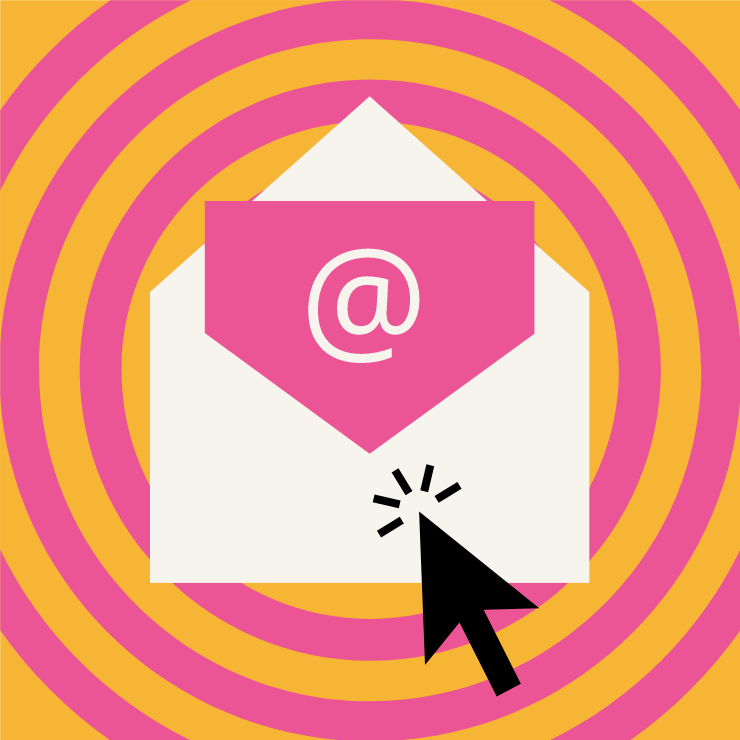Your marketing emails have two jobs. Are they working hard enough?

In the last decade, I’ve written marketing emails for tens of millions of readers, A/B testing them across massive and diverse audiences. I’ve learned a few lessons along the way about how to adapt to the ever-changing environment in email marketing.
I believe, from the data I’ve seen, that email newsletters and authentic, personalized messages will grow to dominate successful campaigns in the next decade. Until then, traditional B2B email marketing will still represent the vast majority of spending in campaigns. This is due to the clarity of its costs, planning, and execution.
As long as traditional marketing emails and the funnels and journeys they comprise, remain the bulk of investment, we all need to make sure those emails work harder to deliver the best possible value for customers and the best possible return on that investment.
It’s been my experience that a traditional marketing email only has two simple jobs to complete to be successful.
Job 1: Get the open.
If your customers don’t open the email, nothing else can happen. Worse, your deliverability rate can take a hit over time if the customers’ email client doesn’t see high enough open rate.
Let’s assume you have deliverability under control, though. Which parts of a marketing email will help increase your open rate?
Subject Line
Your subject line does matter, but not as much as most clients believe. Over large audiences, I would expect a 2-5% open rate difference in an A/B test between a good and a mediocre subject line.
That’s not nothing. But subject line A/B testing is becoming less reliable every year due to privacy changes within email clients, and the time you invest in a great subject line should be proportional to that (less transparent) 2-5% difference in the results. Your content strategist should know how to get to that extra 5% pretty quick.
Preheader
A great preheader versus a good preheader could lead to a ~1% difference in opens. But a truly bad preheader could sink an email.
Think about the number of times characters didn’t render in the preheader of an email you were about to open. It stops you immediately, no matter how credible the rest of the email may look. I don’t recommend spending much time on preheaders aside from making sure they’re clear, concise, and readable.
The From Line
What’s in your From line can deliver greater differences in your open rate than any other part of your email. I’ve seen 20-30% differences in A/B tests.
One giant campaign I ran had a 50% increase in opens when we switched the company’s name in the From line to the CEO’s name. Changing any company name to an individual’s name (a sales rep, an editor, the CEO) will usually yield much better results, especially if the name is recognizable to the audience.
The From line may be the most underrated place to improve your campaigns. But the only way to maintain those improvements is to keep building trust.
Job 2: Get the click.
If you got the open, concentrate your efforts on the click. People don’t spend a lot of time inside of emails. They spend even less time inside marketing emails. Make every second count.
1.
Earn the first five seconds.
This is usually done with a headline. The headline does 80% of the work in a marketing email — literally. The data I’ve seen over my career shows 80% of the reading in a marketing email starts (and too often stops) at the headline. The headline needs to be short, clear, and attention-grabbing. It doesn’t necessarily have to be 100% on-message. It just needs to earn the next five seconds.
2.
Earn the action desired (the click).
Any outcome you want from a customer will not happen from inside of a marketing email. The goal inside of a marketing email is to get the customer outside of that marketing email. This is typically done with a call-to-action (CTA), as near to the headline as possible, within a button. Buttons work. Humans love clicking buttons. You can increase the chances of getting that click by ensuring your CTA button is a concise, light-lift of an action. For example, never use “Schedule a call” when “Try it” or “I’m in!” are possibilities. Don’t make the customer feel like they have to do work to spend money with you.
3.
Stop spending time and money below the CTA.
Most of the budget in marketing emails is spent below the CTA, rewriting copy and editing designs. Yet, I’ve never seen a change below the CTA make much of difference in the overall clicks. In most of the large email campaigns I’ve worked on, only about 5-10% of the audience who opened the email ever actually read below the CTA. That’s because the CTA was doing its job — prompting an action away from the email. There’s no reason to spend 90% of your budget on the 5-10% of your audience who weren’t interested in your call to action.
Get the most from your email campaigns.
B2B email marketing ROI is simple to understand, but not easy to implement.
Emails need to:
- Get the open.
- Get the click.
Marketers need to:
- Spend more on what’s actually seen.
- Spend less on what isn’t seen.


